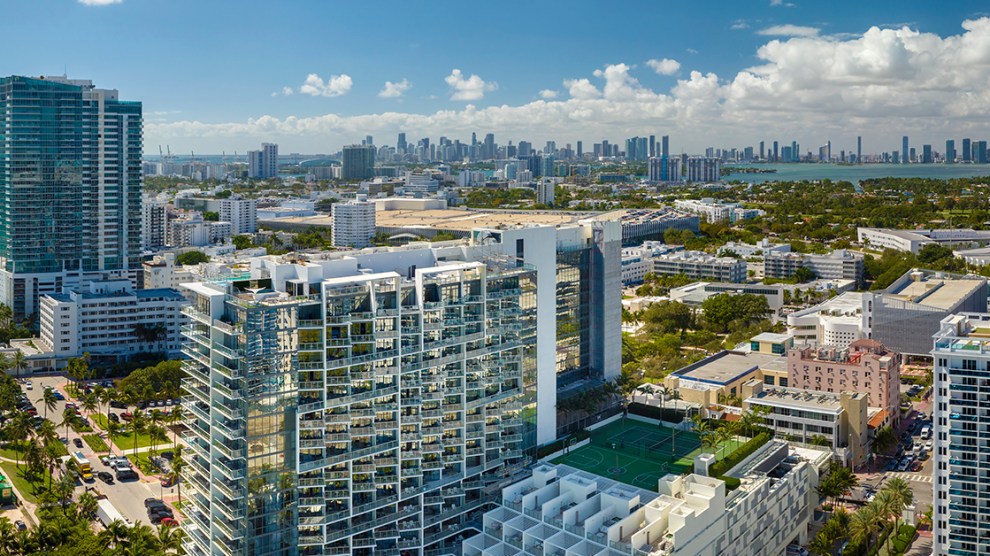Read the latest Yardi Matrix National Multifamily Market Report.
Rents record the first increase in seven months, up $1 to $1,713, for a 0.6% year-over-year gain.
Report highlights:
- The U.S. average asking rent rose $1 to $1,713 in February, up 0.6% year-over-year.
- The market’s progression will be dictated by supply-demand, regional performance and affordability.
- Renter-by-Necessity rents rose 0.1%, Lifestyle remained unchanged.
- The average rent in the single-family rentals segment rose 1.2% year-over-year through February to $2,133.
Rent increase hints to apparent market stability
U.S. multifamily rents marked the first increase in seven months, lingering at the same level as 18 months ago. Although the uptick points to market stability, further steadiness will be dependent on major trends: supply-demand, regional performance and affordability. Specifically, occupancy and rent growth will be affected by the 1 million units expected to come online through the end of 2025. Currently rent growth in markets in the Northeast and Midwest continues to be flattened by rent contractions in high-supply Sun Belt metros. In addition, affordability boosts rent growth in Midwest metros Columbus (3.6% year-over-year), Kansas City (3.3%) and Indianapolis (3.0%), all in the top six in February rent rankings. While occupancy dropped in all three, rents continue to increase primarily because they trail the national average.
Rent growth continued to be highest in the Northeast and Midwest, led by New York City (5.4% year-over-year), New Jersey (3.8%), Columbus (3.6%), Kansas City (3.3%) and Chicago (3.1%). Meanwhile, 13 of Yardi Matrix’s top 30 metros posted rent contractions, five of which by 3.0% or more. Austin posted the weakest rent performance, down 6.2%. National occupancy declined 60 basis points year-over-year in February to 94.5%; on a metro level, occupancy was negative or flat across the U.S. except in San Francisco (0.1%). The largest declines were registered in Atlanta (-1.2%), Indianapolis (-1.2%) and Austin (-1.0%).
Affordability drives short term rent growth
On a monthly basis, rents increased 0.1% in the Renter-by-Necessity segment and remained flat in the Lifestyle component. Rent growth was negative in 13 of the top 30 Yardi Matrix metros in Lifestyle and eight of the top 30 in RBN. Gains were led by New York (0.6%), Miami (0.3%) and Chicago (0.2%). The weakest performances were recorded in Austin (down 0.6% in Lifestyle and 0.4% in RBN) and Raleigh (down 0.5% in Lifestyle and 0.4% in RBN). Metros with limited deliveries posted stronger rent growth; eight major metros had deliveries account for less than 2.0% of stock over 12 months of which only Las Vegas registered negative rent growth.
Renewal rent growth remained on a moderating trend, up 4.6% year-over-year in January, a 20-basis-point decline from December. Leading markets were Boston (9.5%), Miami (9.3%) and Kansas City (8.0%). Austin—which recorded the largest decline in asking rents—and New York—which registered the largest increase in asking rents—were the only two metros to post negative renewal rent growth, down 1.2% and 1.0%, respectively. The national lease renewal rate dripped to 64.8% in January, with New Jersey still in the lead (82.2%) and Los Angeles still at the bottom (45.3%).
High mortgage rates contribute to SFR advancement
SFR fundamentals continued strong in February, with asking rents up 1.2% year-over-year to $2,133. Occupancy remained flat at 95.6% in January, revealing a market tighter in the RBN segment (97.3%), while Lifestyle occupancy clocked in at 95.2%. Demand in the sector is boosted by high mortgage rates and the ongoing scarcity of assets in the for-sale market. In addition, homebuilders’ difficulty in obtaining construction loans creates further opportunities for institutional investors. Some of them acquire in bulk homes and development sites. Yardi Matrix’s database had 64,000 SFR units under construction as of February.
Read the full Matrix Multifamily National Report-February 2024











Add Comment